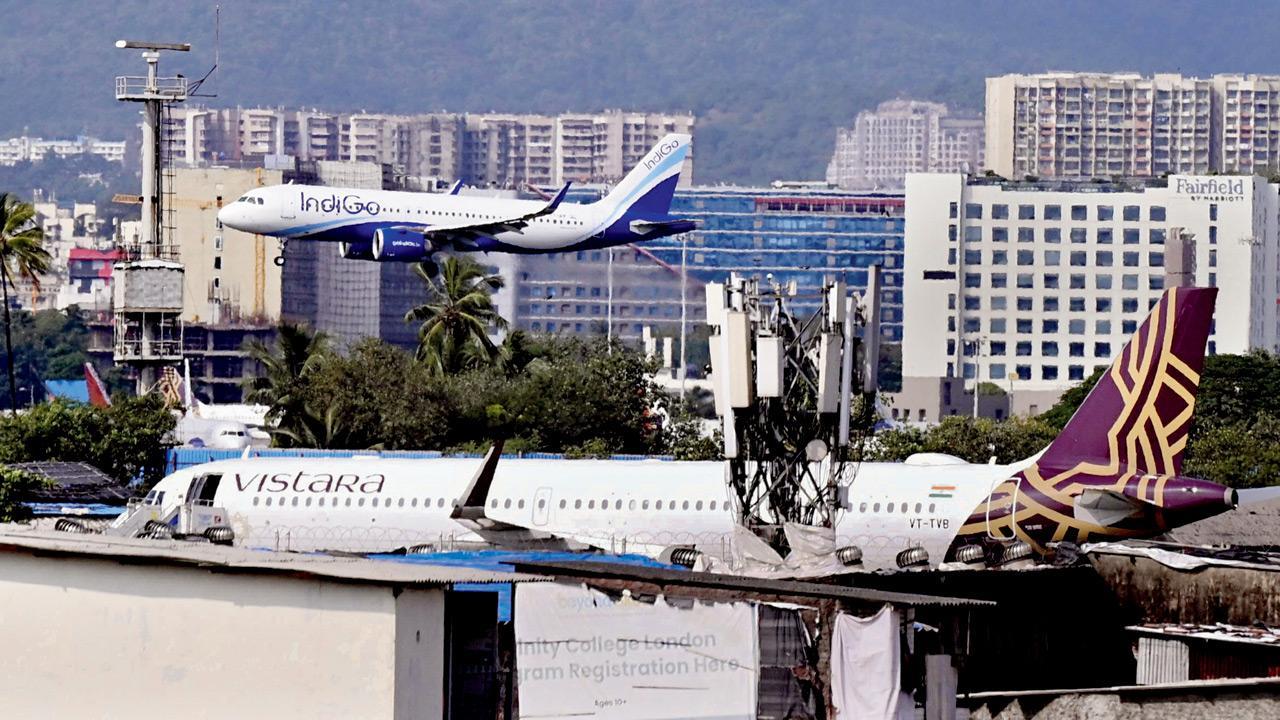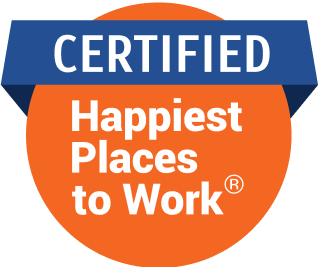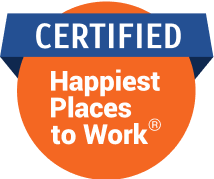Draft Development Control and Promotion rules allow extra FSI (floor space index) and TDR (transferable development rights) but limits use to buildings not taller than five floors in areas around airport runways

Buildings around Andheri airport. File pic/Ashish Raje
The state government has taken a step toward amending the Development Control and Promotion Rules (DCPR) 2034 by issuing a notification on March 28, inviting public suggestions and objections regarding redevelopment in funnel zones, where height restrictions apply. The deadline for submitting feedback is April 27, one month from the notice date.
ADVERTISEMENT
mid-day highlighted this in two articles dated March 31—‘Mumbai’s skyline set to soar?’ and ‘Funnel zone relief or election gimmick?’—both discussing the government’s plan to ease height restrictions. However, housing activists and experts raised concerns over the effectiveness of the move.
The recent notification has drawn criticism from activists, who say it offers no real benefit to residents in the funnel zone. It caps redevelopment at 18 meters (five floors) without addressing height restrictions, costs, or financial support—leaving societies and developers unable to fund viable redevelopment projects.
“I believe the state government should not impose an 18-metre height cap. All buildings should be allowed to sell their balance FSI/TDR in the open market to ensure constitutional equality,” said Advocate Shree Prasad, expert director, State Housing Federation.

Adv Shree Prasad, expert director, State Housing Federation
To ease the hardship faced by residents in Funnel Zone areas, the State Government, exercising powers under Section 37 (1AA) of the Maharashtra Regional and Town Planning Act, 1966, issued a notice on March 28 inviting suggestions and objections on proposed changes to the DCPR-2034. These changes aim to compensate affected residents and enable feasible redevelopment in such areas.
Proposed modifications
>> The modifications apply to residential or commercial buildings over 30 years old. The age will be calculated as of January 1 of the year a full redevelopment proposal is submitted, based on the date of the occupation certificate or the first assessment date in property tax records. It also includes buildings where the remaining/admissible FSI was used via vertical extension under previous MCGM regulations.
>> Redevelopment projects in the Funnel Zone can now utilise the full FSI potential under DCPR-2034. If height restrictions prevent full use, the unused built-up area will be granted as TDR after the occupation certificate is issued.
>> Premium for open space deficiency and FSI-free areas like staircases and lift lobbies will be 60 per cent of standard land rate premiums.
>> These benefits apply only to projects with height limits of 18 meters (approx. 5 floors or less)
Not viable
CA Ramesh Prabhu, founder chairman of MahaSEWA, said, “The issue is that these societies cannot use benefits like additional FSI, TDR, Fungible FSI, Transit Accommodation under Regulation 33(11), or incentives for project-affected persons under Section 33(12B) of DCPR-2034. They also can’t opt for commercial buildings using 6.25 FSI under Regulation 33(19). A March 28 state notification amending DCPR-2034 includes a catch that restricts these otherwise available benefits to such societies.
Society outside funnel zone
“For example, a society located in Andheri (outside the funnel zone) with a road width of 9 metres is eligible for redevelopment. It can use a base FSI of 1.0, premium FSI of 0.5, TDR loading of 0.5, and an additional 35 per cent fungible FSI. This adds up to a total FSI of 2.7 of the plot size . So, if the society’s plot area is 10,000 sq. ft., it can construct up to 27,000 sq. ft,” Prabhu said.
Societies within funnel zone
“A 10,000 sq ft plot in the funnel zone, with a base FSI of 1, is restricted due to height limits,” said Prabhu. “Such plots can’t claim premium FSI or TDR benefits, and only get 35% fungible FSI, totaling to 1.35. This means only 13,500 sq ft of construction is allowed. With the 18-meter height cap—around five floors—a two-storey building in Vile Parle can only go up to five floors. If they build fewer floors, any remaining TDR can’t be sold until the new structure gets the Occupation Certificate (OC), making it tough for societies or developers to fund the project,” Prabhu said. Calling the move misleading, Prabhu added, “This is just an eyewash to fool people. How can redevelopment happen with an 18-meter cap and TDR restrictions? Most residents are elderly and depend on retirement savings. Such redevelopment should be handled by bodies like MHADA or MMRDA to ensure feasibility.”
What next?
“Once the state government receives all objections and suggestions within a month, they will be forwarded to the planning authority for review. Within the next month, the planning authority will submit its response after examining public input. Based on this, the Urban Development (UD) department may call for hearings with affected parties and the planning authority. After consultation with the Director of Town Planning, final modifications will be published in the Gazette, making the Development Plan enforceable,” explained Advocate Parab.
What’s a funnel zone?
A funnel zone refers to the airspace around airport runways and approach paths, designated to ensure flight safety during takeoff and landing, and which often imposes height restrictions on buildings around it.
Federation’s key suggestions for funnel zone redevelopment
>> Fast-track clearances: Speed up environmental & airport nods for projects within 18m height; TDR in society’s name to act as bank guarantee till completion.
>> Support for self-redevelopment: Offer rate cuts, interest-free EMIs; allow early TDR use post final payment to ease member burden.
>> Extra relief for <15m projects: Give special concessions to societies forced to limit building height below 15m.
>> Push for cluster redevelopment: Offer added incentives for larger, planned developments via clustering.
>> Facilitation cell: Set up a help desk in MMRDA/Municipal body to assist with funnel zone-specific technical hurdles.
>> Green incentives: Reward eco-friendly designs with Green Building certifications to promote sustainability.
As recommended by
Adv. Parab, Maharashtra Housing Federation
 Subscribe today by clicking the link and stay updated with the latest news!" Click here!
Subscribe today by clicking the link and stay updated with the latest news!" Click here!







